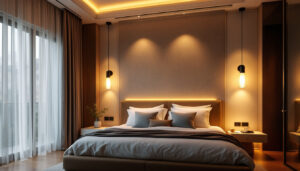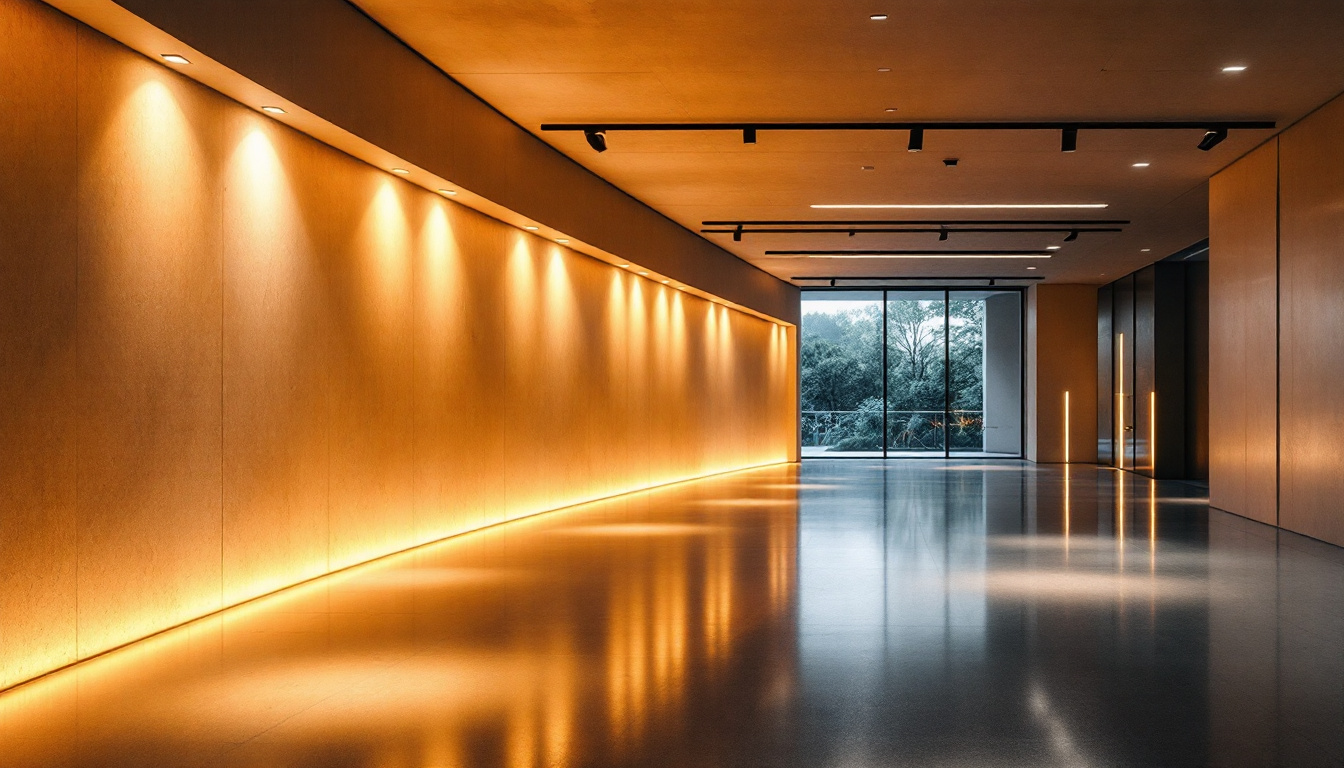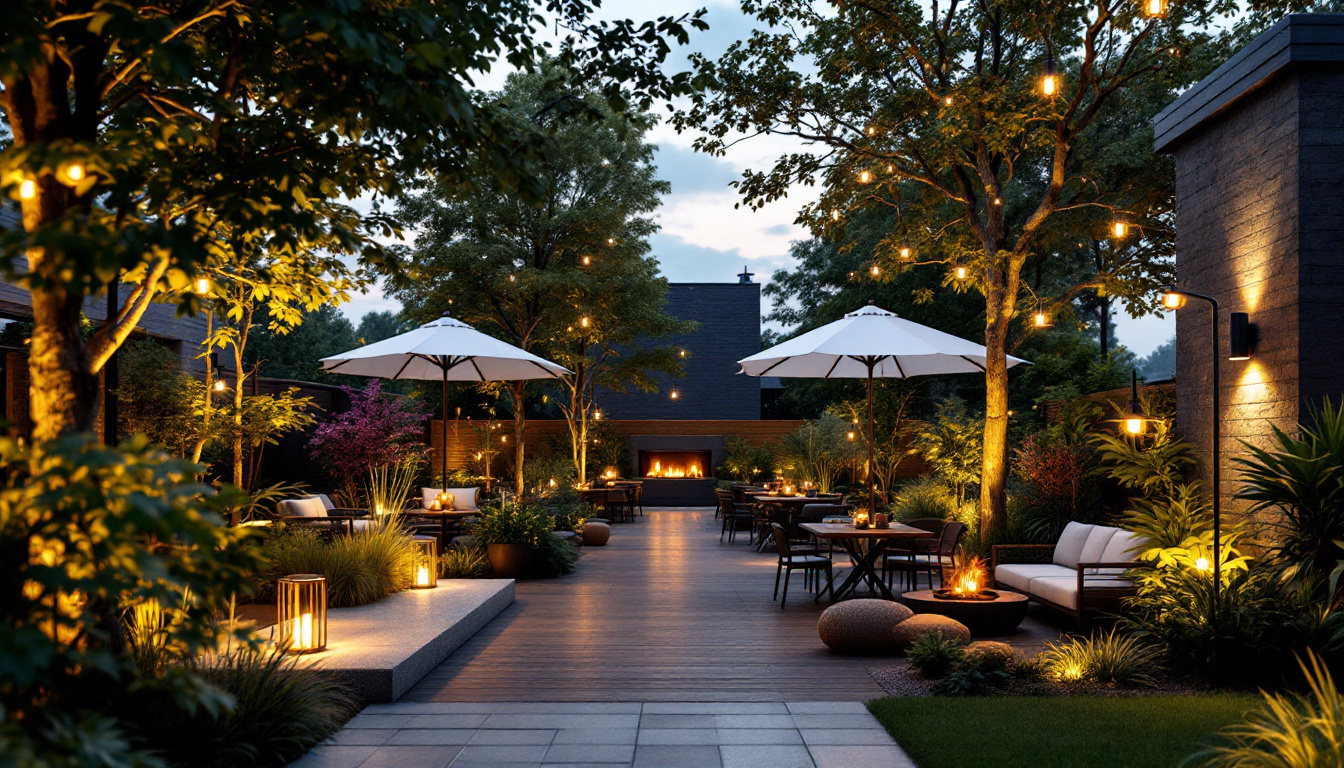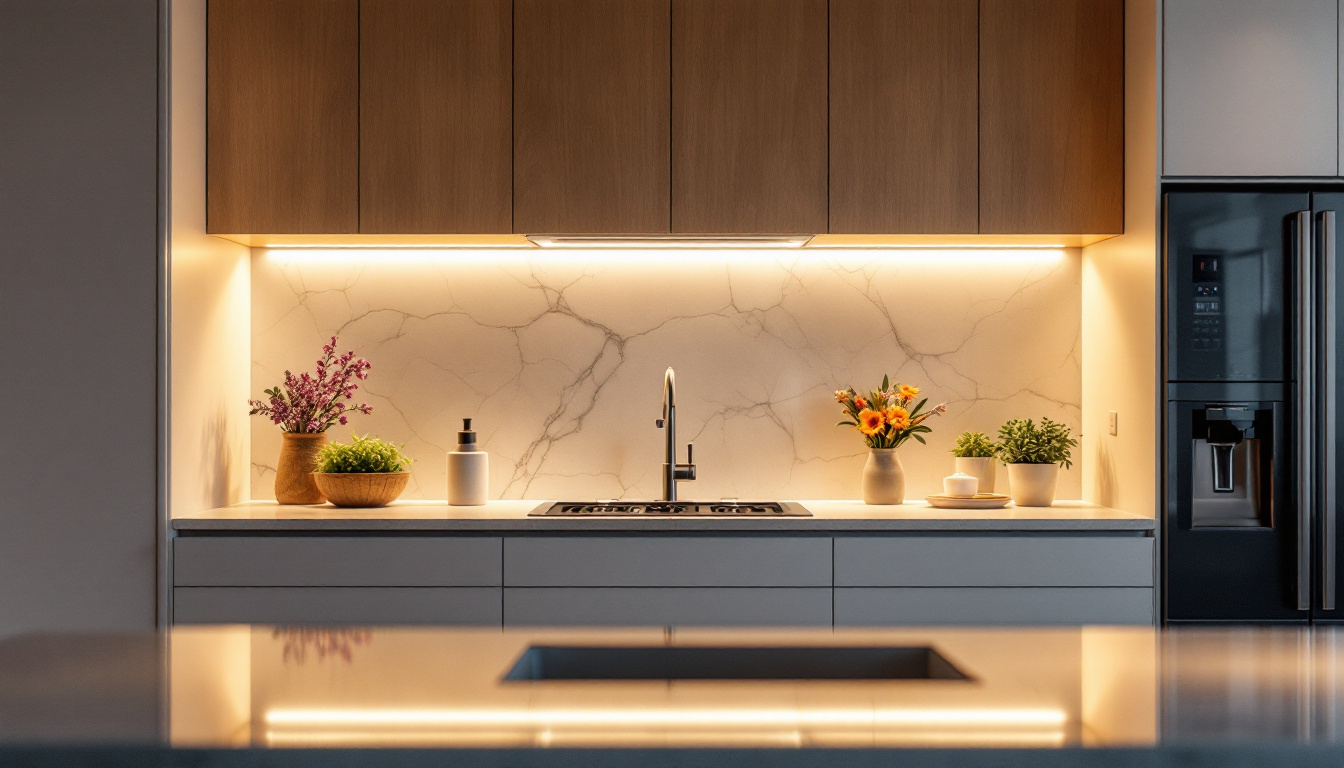

architectural area lighting plays a crucial role in enhancing the aesthetic appeal and functionality of outdoor spaces. For lighting contractors, understanding the nuances of this field can lead to successful projects and satisfied clients. This article delves into various hacks and tips that can help contractors elevate their lighting game, ensuring that every installation is not only visually stunning but also efficient and sustainable.
Before diving into the hacks, it’s essential to grasp what architectural area lighting encompasses. This type of lighting is designed to illuminate outdoor spaces, such as parks, plazas, walkways, and building facades. Its primary purpose is to enhance safety, visibility, and the overall ambiance of an area.
Architectural area lighting goes beyond mere functionality; it also serves to highlight architectural features and create a welcoming environment. As such, lighting contractors must consider both the technical aspects and the artistic elements when planning their projects. The interplay of light and shadow can dramatically transform a space, making it feel more inviting and secure during nighttime hours. By strategically placing lights, designers can draw attention to unique architectural details, guiding the eye and enhancing the overall aesthetic appeal of the environment.
Furthermore, the integration of architectural area lighting with landscaping can create a harmonious blend between natural and built environments. For instance, illuminating trees or water features not only enhances their beauty but also extends the usability of outdoor spaces into the evening. This thoughtful approach to lighting design can significantly increase foot traffic and encourage community engagement, making public spaces more vibrant and lively.
Several components contribute to effective architectural area lighting. Understanding these can help contractors make informed decisions during the design and installation phases.
Designing an effective architectural lighting scheme requires creativity and practicality. Here are some hacks that can help lighting contractors achieve the best results.
Layering light involves using different types of lighting to create depth and interest in an outdoor space. This technique can include ambient, task, and accent lighting, each serving a specific purpose.
For instance, ambient lighting provides overall illumination, while task lighting focuses on specific areas, such as pathways or seating areas. Accent lighting can highlight architectural features or landscaping elements, drawing attention to the beauty of the surroundings.
By strategically layering these lighting types, contractors can create a balanced and inviting atmosphere that enhances the user experience. Additionally, incorporating dimmable fixtures can allow for flexibility in mood and functionality, enabling users to adjust the lighting according to the time of day or the occasion. This adaptability not only enriches the visual appeal but also caters to various activities, from intimate gatherings to lively outdoor events, making the space versatile and engaging.
Incorporating natural light into the design can significantly reduce energy consumption and enhance the aesthetic appeal of a space. Contractors should consider how sunlight interacts with the area throughout the day and design lighting that complements this natural illumination.
For example, using fixtures that reflect or diffuse sunlight can create a warm glow during the day, while strategically placed lights can ensure safety and visibility at night. This dual approach not only saves energy but also creates a harmonious environment. Furthermore, integrating large windows or skylights can maximize daylight exposure, reducing reliance on artificial lighting during daylight hours. This not only cuts down on energy costs but also promotes a healthier environment by allowing occupants to benefit from natural light, which has been shown to improve mood and productivity.
Safety is a paramount concern in architectural area lighting. Well-lit areas deter crime and increase the comfort level of users. Contractors should prioritize safety by ensuring adequate illumination in high-traffic areas, such as walkways and entrances.
Using motion sensors and smart lighting controls can enhance security further. These systems can automatically increase brightness when movement is detected, providing an added layer of safety without wasting energy when the area is unoccupied. Additionally, employing a combination of lighting heights and angles can help eliminate shadows and dark spots, further enhancing visibility. Incorporating features such as illuminated signage can also guide users effectively through the space, ensuring that they feel secure and oriented, especially in larger or more complex environments.
Beyond design, the technical aspects of installation are equally important. Here are some practical hacks for contractors to streamline the installation process and ensure high-quality results.
Maintenance is a critical consideration in architectural area lighting. Choosing fixtures that are easy to access for maintenance can save time and money in the long run. Contractors should plan installation locations with future maintenance in mind, ensuring that fixtures can be easily reached without the need for extensive equipment.
Additionally, selecting durable materials that withstand weather conditions will reduce the frequency of repairs and replacements. This proactive approach can enhance the longevity of the lighting installation.
Proper wiring is essential for any lighting installation. Contractors should ensure that the electrical system can handle the load of the lighting fixtures being installed. Overloading circuits can lead to failures and safety hazards.
Using low-voltage systems can also be beneficial, especially in residential or smaller commercial projects. These systems are safer and easier to install, allowing for more flexibility in design. Furthermore, they can be integrated with smart controls for enhanced functionality.
Once the installation is complete, thorough testing is crucial. Contractors should assess the lighting levels, distribution, and overall effect of the installed fixtures. This step allows for adjustments to be made before the project is finalized.
Using photometric analysis tools can help contractors visualize how the lighting will perform in different conditions. This data-driven approach ensures that the final result meets both aesthetic and functional requirements.
Smart technology is transforming the landscape of architectural area lighting. Embracing these advancements can set contractors apart in a competitive market.
Smart controls allow for greater flexibility in managing lighting systems. Contractors can install systems that enable remote control, scheduling, and automated adjustments based on environmental conditions.
For example, integrating sensors that adjust lighting based on ambient light levels can significantly enhance energy efficiency. This technology not only reduces costs but also contributes to sustainability efforts.
The Internet of Things (IoT) offers exciting possibilities for architectural area lighting. By connecting lighting systems to the internet, contractors can provide clients with advanced functionalities, such as real-time monitoring and analytics.
This connectivity allows for proactive maintenance, as contractors can receive alerts for potential issues before they become significant problems. Additionally, clients can access data on energy usage, helping them make informed decisions about their lighting systems.
Interactive lighting experiences can elevate the appeal of architectural spaces. Contractors can explore options like color-changing LEDs or programmable lighting that responds to events or user interactions.
Such features can be particularly effective in public spaces, where they can enhance community engagement and create memorable experiences. By incorporating these interactive elements, contractors can differentiate their services and attract a broader clientele.
Examining successful projects can provide valuable insights into effective architectural area lighting. Here are a few notable examples that highlight innovative approaches and solutions.
A recent urban park revitalization project showcased the power of architectural lighting in transforming public spaces. The design team implemented layered lighting strategies, combining ambient, task, and accent lighting to create a vibrant atmosphere.
Smart controls were integrated, allowing for dynamic adjustments based on park usage and time of day. This not only enhanced safety but also encouraged community engagement, with the park becoming a popular gathering spot.
In another project, a historic building underwent restoration, with architectural lighting playing a key role in preserving its character while enhancing visibility. The design team focused on accent lighting to highlight architectural features, ensuring that the building’s history was celebrated.
energy-efficient LED fixtures were used, along with smart controls to minimize energy consumption. This project exemplified how thoughtful lighting design can honor the past while embracing modern technology.
Architectural area lighting is a multifaceted field that requires a blend of creativity, technical knowledge, and an understanding of client needs. By leveraging the hacks and tips outlined in this article, lighting contractors can enhance their projects, ensuring they deliver exceptional results that meet both aesthetic and functional requirements.
As the industry continues to evolve with advancements in technology, staying informed and adaptable will be key to success. Embracing smart lighting solutions and innovative design approaches will not only elevate projects but also contribute to a more sustainable and engaging built environment.
Ready to take your architectural lighting projects to the next level? LumenWholesale is here to support you with high-quality, spec-grade lighting products at prices that make sense for your bottom line. Say goodbye to local distributor markups and hello to a vast selection of reliable lighting solutions that meet the highest industry standards. With free shipping on bulk orders, you can trust that you’re getting the best value without any hidden costs. Elevate your lighting installations with the perfect combination of quality, affordability, and convenience. Discover the difference at LumenWholesale – Wholesale Lighting at the Best Value.

Discover the essential insights every lighting contractor needs about fluorescent light bulbs.

Discover the essential guide for lighting contractors with “Lighted Tubes: The Ultimate Handbook.” Explore innovative techniques, industry insights, and expert tips to elevate your lighting projects and stay ahead in the competitive market..

Discover the essential insights lighting contractors need to know about outdoor lighting fixtures.

Discover the essential insights lighting contractors need to know about under cabinet lights.
Get notified when NEW deals are released.
Optimize your budget with wholesale discounts.
Only top-quality, specification-grade lighting products.
No additional costs at checkout - what you see is what you pay.
We understand the unique needs of contractors.